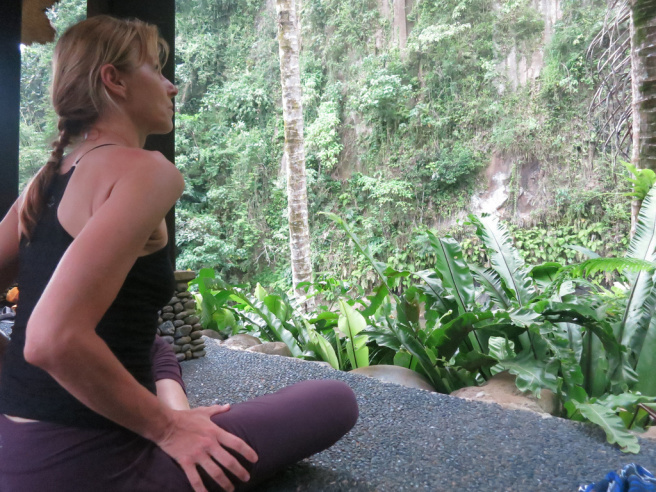
BY: SOPHIA VOUMVAKIS
How can we survive, and perhaps even find happiness after experiencing loss or trauma ?This is a question that has fascinated me ever since surviving my traumatic brain injury almost four years ago.
I reviewed the writings of Martin Seligman, the leading authority in the fields of positive psychology, the scientific study of what makes life most worth living. [We also talked about positive psychology at our August community meeting.] It is a call for psychological science and practice to be as concerned with strength as it is with weakness; as interested in building the best things in life as in repairing the worst; and as concerned with making the lives of normal people fulfilling as with healing pathology.
Seligman identifies three types of happiness: the pleasant life, the good life, and the meaningful life. The pleasant life is amassing as many pleasurable experiences as you can and learning to savour those moments by practicing mindfulness techniques. The way psychologists help people experience the pleasant life is to have them create their perfect day, and using the techniques of mindfulness, savour those activities.
What would your perfect day look like? Mine would include an early morning yoga session, followed by a breakfast of fresh fruit, yogurt, and granola, and a latte (prepared by someone else, of course!); an ocean, a beach, and a good book; a lunch of fresh fish and greens by the seaside; my requisite afternoon nap; followed by a hike; and, getting all dressed up for a dinner of pasta and a glass of red wine.
The good life is experienced when we experience flow, when we are fully engaged in some activity that so engrosses us that time stops. The way we can increase flow, or the good life, is to identify our signature strengths (you can take the test on at www.authentichappiness.org) and re-craft our life in the arenas of work, love, family, friends, and fun to make use of those signature strengths.

Prior to my TBI, I had managed to craft a professional life as a researcher where I made good use of one of my signature strengthes – the love of learning. Often, when I was in the midst of analyzing the data, time literally stood still for me, I would look up from my screen and the hours had flown by.
My second signature strength is a deep appreciation of beauty. When I look around at my home, in my closet, at my dinner table when I’m entertaining, that signature strength is in full display. When I reflect back on how I raised my two daughters I now see how I incorporated these two signature strengths in their upbringing, we were always discussing new ideas, new research, traveling, and visiting art galleries and museums. I derived great happiness from these activities and I think, in some small way, I cultivated those strengths in my children.
The meaningful life is achieved when we identify our signature strengths and use them for the betterment of others. When I’m reading books on psychology, neuroscience, and happiness, time literally stops for me – I’m so engaged in the activity. I have been extremely fortunate to have found a way to take this signature strength to increase the good life and hopefully to some small degree, the meaningful life post TBI. By sharing my learnings about TBI and how the advances in neuroscience may offer hope to survivors of TBI, I have found some meaning from my TBI, and this increases my happiness. For this I thank the Brain Injury Blog Toronto and its readers!
Other TBI survivors have used their signature strengths to become peer mentors, run workshops, organize social activities, volunteer on the Board of Directors, and so much more.

Do we achieve the same life satisfaction from all three happy lives? Martin Seligman and his team have conducted research in 15 replications involving thousands of people — to determine to what extent the pursuit of pleasure, the pursuit of positive emotion, the pleasant life, the pursuit of engagement, time stopping for you, and the pursuit of meaning contribute to life satisfaction.
It turns out the pursuit of pleasure on its own, has almost no contribution to life satisfaction. The pursuit of meaning has the strongest impact on life satisfaction, and the pursuit of engagement is also very strong. The pursuit of pleasure positively impacts life satisfaction when you have both engagement and you have meaning.
Which is to say, the full life is one in which we have all three. So, identify your signature strengths and then use them to enhance the engaged life and the meaningful life, and don’t forget a dose of pleasure! Wishing you much happiness!
Since her TBI in 2011, Sophia has educated herself about TBI. She is interested in making research into TBI accessible to other survivors.
Filed under: Grief, Health and ABI, Mental Health Tagged: happiness, positive psychology
![]()




